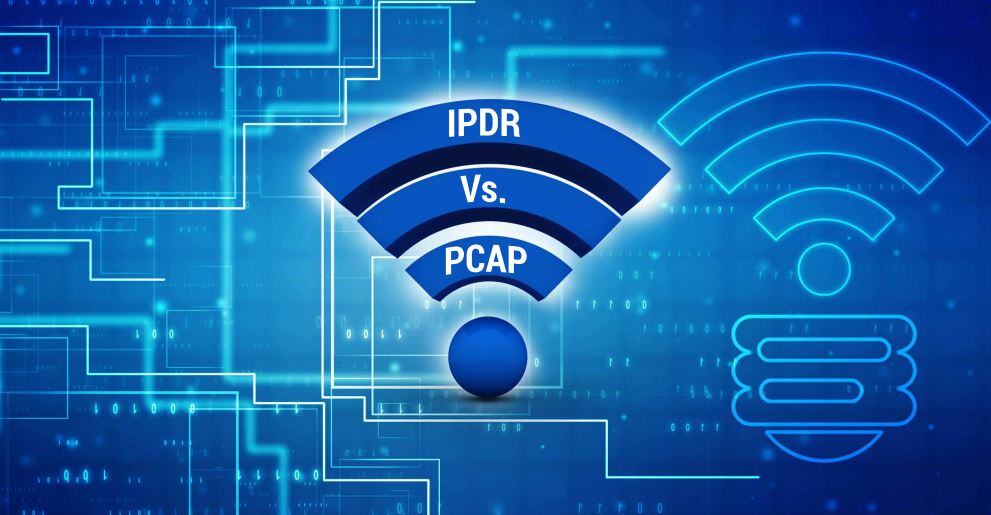In the fight against cybercrime and digital threats, understanding and leveraging network data is crucial for criminal intelligence. Two key tools—IPDR (Internet Protocol Detail Record) and PCAP (Packet Capture) — play essential roles in uncovering evidence, tracking malicious actors, and ensuring public safety. While both are vital for network forensics, they serve different purposes and offer unique advantages.
What Are IPDR and PCAP?
- IPDR: This is a high-level summary of network activity, capturing metadata such as source/destination IPs, timestamps, protocols, and data usage. It does not include the content of communications but provides a structured overview of traffic flows.
- PCAP: This is raw data capturing every byte of network traffic, including packet headers and payloads. It offers granular details about communication, making it ideal for in-depth analysis.
How Are They Useful in Criminal Intelligence?
- IPDR: Identifying Patterns and Anomalies
IPDR provides a broad view of network activity, making it invaluable for detecting suspicious behavior and building timelines:
- Tracking Digital Footprints: Investigators can identify which devices communicated with specific servers or websites at a given time.
- Detecting Anomalies: Unusual spikes in traffic or connections to known malicious IPs can indicate criminal activity.
- PCAP: Deep-Dive Forensics
PCAP captures the full content of network packets, making it indispensable for forensic investigations:
- Reconstructing Events: Intelligence analysts can recreate conversations or transactions by examining packet payloads.
- Evidence Collection: The detailed nature of PCAP makes it a powerful tool for gathering admissible evidence in court.
Real-Life Applications
- Cybercrime Investigations: IPDR identifies attack origins; PCAP reveals how attacks were executed.
- Counter-Terrorism: IPDR highlights suspicious server connections; PCAP uncovers encrypted communication patterns.
- Financial Fraud: IPDR tracks fund transfers; PCAP analyses transaction payloads.
- Human Trafficking: IPDR locates traffickers’ devices; PCAP reconstructs covert communications.
Challenges
While both tools are invaluable, they come with challenges:
- Data Volume: PCAP requires significant storage due to its detailed nature.
- Privacy Concerns: Handling sensitive information demands strict legal compliance.
- Encryption: Increasingly encrypted traffic limits payload visibility in PCAP files.
Conclusion
For criminal intelligence teams, IPDR and PCAP are complementary tools. Use IPDR for high-level insights into communication patterns and timelines and turn to PCAP for granular forensic analysis. Together, they provide a comprehensive view of digital activity, enabling investigators to uncover hidden truths and bring perpetrators to justice. As cybercrime evolves, these tools remain indispensable in safeguarding public safety.
About author

